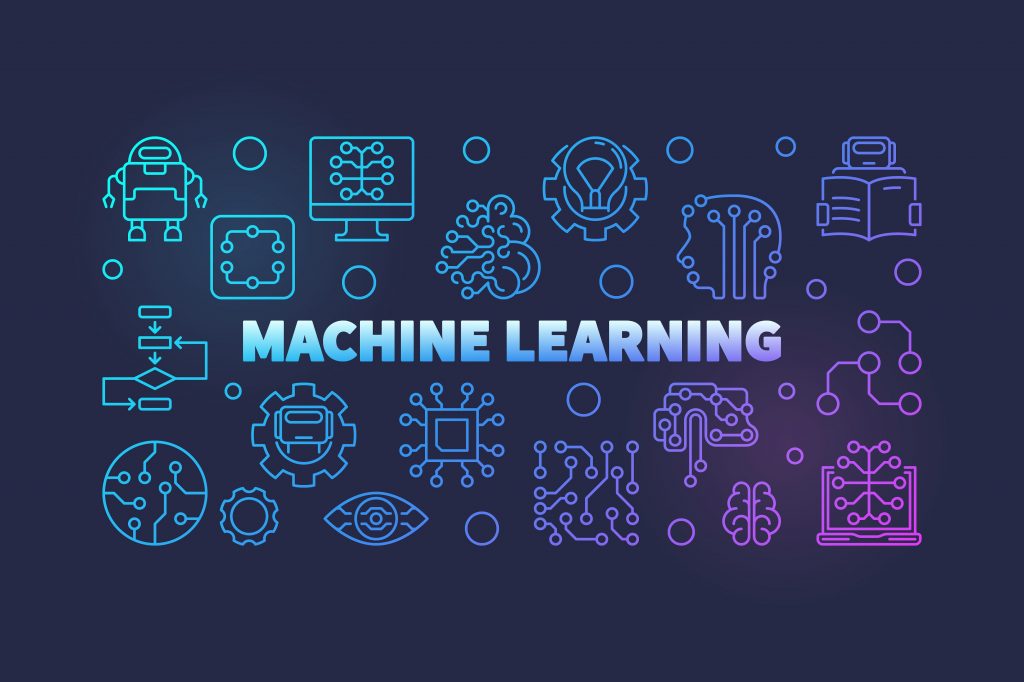Machine Learning Trends 2019-2020
Artificial Intelligence, and Machine Learning, in particular, are growing areas of research and investment. As these buzzwords become more and more common, so has the adoption of this technology. At its current growth rate, Machine Learning is on track to be worth around $9 billion globally by 2023. People are beginning to take notice of the shifting tech landscape and are interested in finding out how the integration of Machine Learning can benefit their business. To remain relevant and at the forefront of fast-paced and quickly changing industries, innovation is necessary. As such, it is important to keep track of new advances in science and technology. Let’s examine the Machine Learning trends of 2019 – 2020.
To get in depth knowledge on Machine Learning You can enroll for free live demo Machine Learning Online Training
Data Lakes and SaaS for Business Analytics
As it becomes cheaper and easier to store data, more businesses will see the benefits of adopting Machine Learning. The lower the cost of adoption—not merely from a financial sense—the increased likelihood that businesses will adopt this technology. Data Lake storage is also gaining traction in the business world, and for good reason. The ability to store unstructured data until it is ready for use is a beneficial approach for businesses. Data Lakes often benefit from cloud storage, making data storage affordable and scalable.
What’s more, when the data lake is tied to Software as a Service platform or tools, the process becomes streamlined. Suddenly, those who aren’t educated in Artificial Intelligence and Machine Learning algorithms still have access to these capabilities. While this can level the playing field and democratize Business Intelligence, it can also be the downfall of businesses who are too eager to jump in. It is important to examine how Machine Learning can benefit your business and strategize the implementation process before adoption.
Thankfully, if the thought of implementing Machine Learning is still too daunting of a task, there are business models focused on helping others gain access to the benefits of this technology.
Machine Learning Algorithms Will Become More Accurate
As trends in Machine Learning shift from testing and isolated use cases to gaining widespread adoption, the algorithms will continue to improve. By the very nature of Machine Learning, the more data that the algorithms have access to, the more they will continue to adjust. The applications in the real world will provide better testing potential than what could occur in a technology lab or research center.
Along with the industry-level experience, applications of Machine Learning will also rise and fall as businesses learn where they can benefit most. Again, not every business will succeed in implementing Machine Learning. As with any emerging technology, there are pros and cons, and it will take time and trial and error to adjust.
Conversations about the ethics of Artificial Intelligence have already begun and will continue. The power of Machine Learning can bring unintended consequences such as data discrimination. Thankfully, awareness and acknowledgment of these issues can lead to beneficial solutions, even turning the tables and being used as a force for good. Another hot topic in the tech world is data privacy. The newest trends in Machine Learning have led to improvements in targeted marketing, but some aren’t convinced that this personalization is worth the targeted results since users must sacrifice a bit of their privacy. As the adoption of Machine Learning continues to increase, so will the conversations regarding implementation and use.
The Collaboration of Technology
Businesses are learning that there are increased benefits that come from pairing current technologies. As such, the use of Machine Learning will also lead to the adoption of other technology. Predictive Analytics and Machine Learning, when used in tandem, lead to more powerful predictions. Just as Predictive Analytics findings can be used to inform business decisions, Machine Learning algorithms also learn from data and use their findings to evolve and adapt. AI and Machine Learning can also be used to prepare data for Data Visualization and Predictive Analytics.
Machine Learning also helps accelerate the advancement of Natural Language Processing, by retraining models so that they are more accurate. Natural Language Processing is another branch of AI and is even considered by some to be part of Machine Learning. NLP describes how computer programs understand human language. Benefits include improved text analytics, sentiment analysis and classification, among others. Due to this automated learning, improvements can occur at a faster rate than what would occur normally.
Rapid Adoption will Drive Growth
There is growing concern that AI and Machine Learning trends will mean the replacement of workers. However, the demand for jobs in data science will increase. While Business Intelligence tools are beneficial, having developers and data scientists who are familiar with these technologies and tools are an invaluable resource for companies. There is also a growing space for those who are interested in developing these tools and continuing the tech research of tomorrow. As the adoption of AI and Machine Learning continues, businesses will look to these experts to find out where they should direct their efforts and resources.
While the job market may shift, due to automating tasks, there is a promising future of workers collaborating with Machine Learning technology to increase productivity and accuracy. The job market is ever-shifting; innovation does change life as we know it, but it also opens up new opportunities and provides promise for the future. Thankfully, we have the opportunity to shape the direction the technology industry is heading.
#machinelearning #machinelearningai #machinelearningtraining #machinelearnuingcertification #programming
